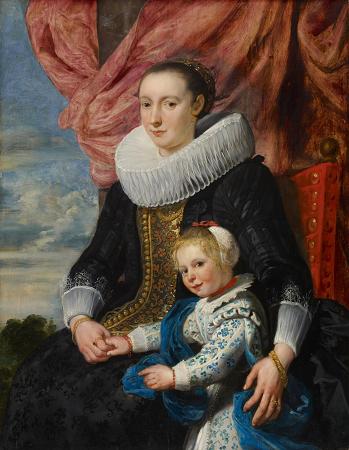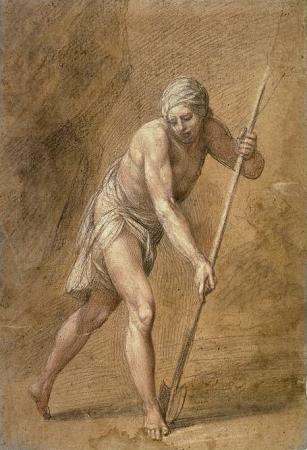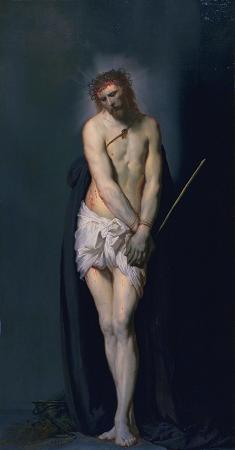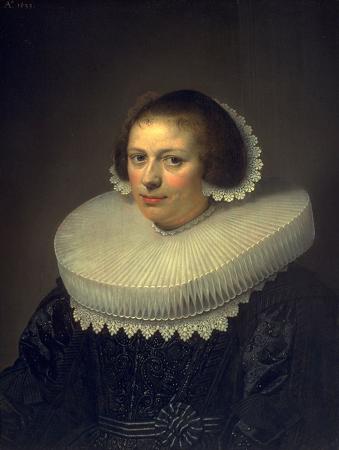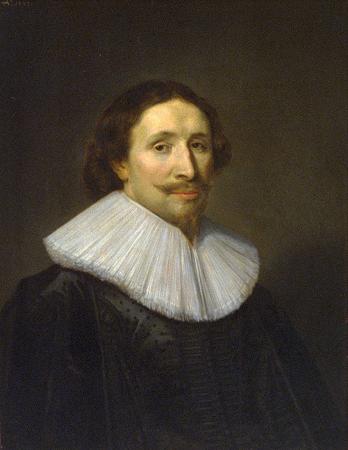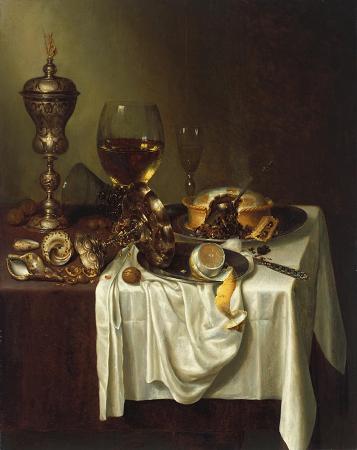De Young Museum. The M. H. de Young Memorial Museum, commonly referred as the de Young, is a fine arts museum located in San Francisco's Golden Gate Park, and one of the Fine Arts Museums of San Francisco along with the Legion of Honor. The de Young is named for early San Francisco newspaperman M. H. de Young. Since Nov 1, 2018, Thomas P. Campbell serves as the Director and CEO of the Fine Arts Museums of San Francisco, overseeing the de Young and Legion of Honor museums. The museum opened in 1895 as an outgrowth of the California Midwinter International Exposition of 1894. It was housed in an Egyptian revival structure which had been the Fine Arts Building at the fair. The building was badly damaged in the 1906 San Francisco earthquake, and was closed for a year and a half for repairs. Before long, the museum's steady development called for a new space to better serve its growing audiences. Michael de Young responded by planning the building that would serve as the core of the de Young facility through the 20th century. Louis Christian Mullgardt, the coordinator for architecture for the 1915 Panama-Pacific International Exposition, designed the Spanish-Plateresque-style building. The new structure was completed in 1919 and formally transferred by de Young to the city's park commissioners. In 1921, de Young added a central section, together with a tower that would become the museum's signature feature, and the museum began to assume the basic configuration that it retained until 2001. Michael de Young's great efforts were honored with the changing of the museum's name to the M. H. de Young Memorial Museum. Another addition, a west wing, was completed in 1925, the year de Young died. In 1929 the original Egyptian-style building was declared unsafe and demolished. By 1949, the elaborate cast concrete ornamentation of the original de Young was determined to be a hazard and removed because the salt air from the Pacific had rusted the supporting steel. As part of the agreement that created the Fine Arts Museums of San Francisco in 1972, the de Young's collection of European art was sent to the Legion of Honor. In compensation, the de Young received the right to display the bulk of the organization's anthropological holdings. These include significant pre-Hispanic works from Teotihuacan and Peru, as well as indigenous tribal art from sub-Saharan Africa. The building was severely damaged by the 1989 Loma Prieta earthquake. It in turn was demolished and replaced by a new building in 2005. The only remaining original elements of the old de Young are the vases and sphinxes located near the Pool of Enchantment. The palm trees in front of the building are also original to the site. The de Young showcases American art from the 17th through the 21st centuries, international contemporary art, textiles, and costumes, and art from the Americas, the Pacific and Africa. The American art collection consists of over 1,000 paintings, 800 sculptures, and 3,000 decorative arts objects. With works ranging from 1670 to the present day, this collection represents the most comprehensive museum survey of American art in the American West and is among the top ten collections nationally that encompass the entire history of non-indigenous American art. Since its inception in the Fine Arts Building at the California Midwinter International Exposition of 1894 in Golden Gate Park, its subsequent institutionalization in the M. H. de Young Memorial Museum in 1924, and its reinstallation in the new de Young in 2005, the permanent collection has evolved exponentially. In 1978, the American art collections were transformed by the decision of John D. Rockefeller III and Blanchette Hooker Rockefeller to donate their renowned collection of 110 paintings, 29 drawings, and 2 sculptures to the Fine Arts Museums of San Francisco where they would be on view at the de Young. His bequest in 1979 together with her bequest in 1993 are among the Fine Arts Museums' single most important gifts of art. The de Young's chronological survey of American art includes galleries devoted to art in the following areas: Native American and Spanish Colonial; Anglo-Colonial; Federal era art and Neoclassical; Victorian genre and realism; trompe l'oeil still life; the Hudson River School, Barbizon, and Tonalism; Impressionism and the Ashcan School; Arts and Crafts; Modernism; Social Realism and American Scene; Surrealism and Abstraction; Beat, Pop, and Figurative; and Contemporary. Although the permanent collection is national in scope, art made in California from the Gold Rush era to the present day is also on display in the de Young.
more...






